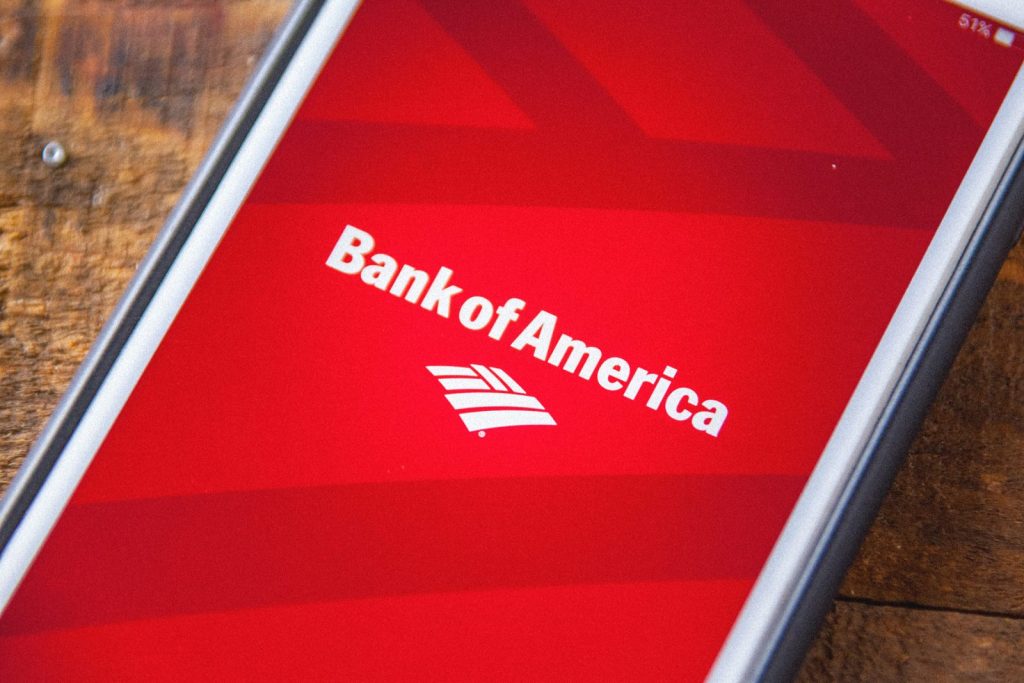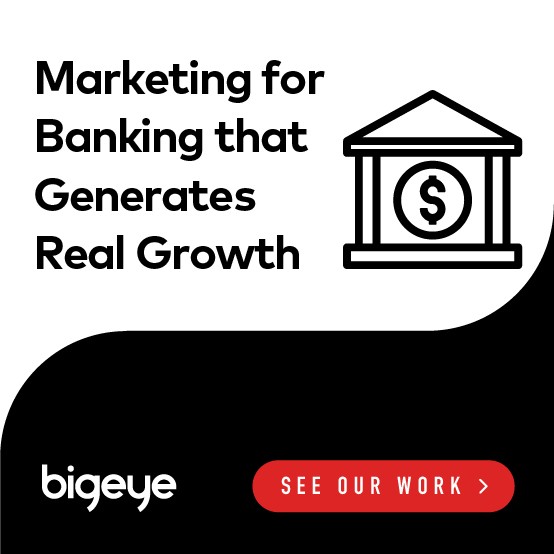
After recent increases in mobile and online banking, financial marketing should now focus on an adjusted message and technology in these changing times.
The COVID-19 pandemic spread quickly and left a grave impact on worldwide economies and societies in its wake. As part of the fallout, paid search behaviors have also shifted abruptly and dramatically. Some industries have struggled because of this; however, the banking and financial industry can also take advantage of new opportunities. Look at some important changes to PPC for financial services and bank marketing.
COVID-19 behavior changes to PPC for financial services and banks
Of course, the financial and banking industry includes a variety of services and types of companies. As you might expect, paid advertising campaign strategies could vary with the kind of business impacted. To learn how to adjust to behavior changes for PPC for financial services, it’s important to consider a few different aspects of the way customers and businesses have changed.
Financial and bank marketing paid search in general
The WordStream platform provides keyword and other paid advertising services to companies. Thus, they have a long history of monitoring paid search behavior for all kinds of industries over the course of several years. According to WordStream, the financial and banking industry has historically competed for some of the priciest keywords and phrases. Unlike other industries, PPC for financial services may have gotten somewhat easier during the pandemic.
For instance, these are WordStream figures for coronavirus-related changes to the effectiveness and cost of financial keywords:
- Average CTR: Average click-through ratios have increased 23 percent.
- Average CVR: Average conversion ratios have increased one percent.
- Average CPC: Average cost-per-clicks have decreased 27 percent.
As you can see, conversion ratios have not changed much. Even so, financial and bank marketing can benefit from significantly improved CTRs and lower bids. WordStream did not provide any specific keywords, but they did say that less-competitive PPC advertising has actually helped relieved some of the pressure on an extremely competitive industry.
At the same time, they did note that users have shifted towards looking for more experienced assistance with their finances. During a time when many banks and other kinds of finance companies have reacted to social distancing measures by promoting their online services, a bank marketing agency might consider shifting at least some of the budget to helping consumers find live, personalized financial assistance, even if they switch to accessing it by phone instead of by visiting an office or branch bank.
COVID-19 social responsibility ads
Of course, the pandemic has also generated plenty of coronavirus-related searches for all sorts of businesses, including financial ones. Since the virus spreads easily, any threat to local employees also poses a potential threat to everybody around them. During this crisis, people certainly want to know how companies have reacted to the crisis in order to protect the health of their employees and customers.
As one example, BBVA has launched a campaign to let customers know what measures they’re taking to keep people safe. According to the bank’s website, they use paid search, but mostly on social media and not major search engines. Besides using online ads, they also promoted this campaign on TV and radio.
As part of this #StayAtHome advertising campaign:
- BBVA has also encouraged customers to make use of their website and app before visiting a branch.
- In addition, they let people know that most of their branches would limit access to their drive-through windows and ATM machines.
- They told customers that they have left a few branches open but reduced hours. Typically, they chose to keep branches open that didn’t have drive-through banking or a nearby branch with this service.
In summary, the bank has recognized that some customers may feel inconvenienced by limited access to the bank’s physical branches. In turn, BBVA has explained that they’ve taken these steps to help protect people’s health. They have also let people know that they can find alternative ways to get most of the services that they need.
Just as important, BBVA has also introduced some services to help customers with coronavirus-related financial issues. These include special loan programs, refunds, fee waivers, and extensions or deferments on payments for some of their loans. Thus, they’ve let customers know that they understand the pandemic could have negatively impacted them and want to help. Naturally, they’re using this advertising campaign to promote these new services too.
The CMO of BBVA, Enrique Cornish, says that they want to tell people about the work they’ve done to respond to the coronavirus crisis. Mostly, underscoring the point of these ads, they want to send the message that they’re working to cope with the crisis in the best way they can and are here to help.
How the financial industry can benefit from COVID-19 changes to financial and bank marketing
Plenty of industry analysts have noticed the sudden spike in eCommerce use since the outbreak began. While online shopping had steadily grown more popular over time, the coronavirus crisis has sparked a rapid boom. Similarly, bank customers have grown more accepting of online services over time and even more so since the crisis started.
The Financial Brand, one finance and bank advertising agency, believes this change to customer behavior will remain permanent, just as other analysts predict that consumers will keep using eCommerce more after the crisis ends. They published these results from a recent J.D. Powers survey on banking trends:
- About one in three banking customers plan to rely upon online services after the crisis. The analysts expect to see this number rise even more as the pandemic runs its course.
- Banking customers appear most interested in P2P payments and online or mobile check depositing.
- Acceptance of online and mobile banking services has increased more with younger adults than older ones.
- People who have already used online banking appear more willing to try mobile apps than people who have only ever visited branches.
- Customers of the largest banks appear more satisfied with their online and mobile banking experiences than customers of midsize banks.
Overall, banks that can promote their excellent alternatives to physical banks can benefit from these changes to consumer behavior. Customers may find banking websites and apps convenient because they’re available 24/7 and don’t require leaving home. Also, banks may have a chance to save money because these online alternatives cost less than keeping branches and phone banks fully staffed.
Using bank marketing to overcome COVID-19 obstacles
It’s obvious that the coronavirus pandemic has sped up digital transformation in the financial and banking industry. Still, as one industry analyst ironically commented about the shift to eCommerce, in some cases the digital transformation wasn’t completely ready for the digital transformation. Of course, this abrupt shift away from physical branches has generated problems for both customers and banks. Besides, financial companies did not just have the chance to offer digital services as an alternative; they also abruptly needed to limit access to traditional phone and in-person banking.
For example, almost 30 percent of customers surveyed said they’d had more problems trying to get assistance over the phone. As might be expected, about 40 percent of respondents said they’d had trouble finding an open branch when they needed to. Older and less tech-savvy people will take longer to adjust to a new way of banking than younger ones or people who already made a habit out of banking online.
In any case, user behavior has abruptly changed to embrace more online and mobile services. Analysts expect the trend in the future. On the other hand, customers did express less satisfaction with internet banking from midsize banks than large ones. Other areas of banking impacted by the coronavirus might have included longer wait times on phones and more trouble finding open branches.
Overall, more people expected to rely on mobile and online banking more and less upon physical branches. Still, banks and finance companies that hope to benefit from advertising their internet or phone services to replace physical branches need to make certain that these offerings can perform well enough to please their customers. They may also need to invest some extra resources to help some of their customers adjust to the change and understand why its happening.
Making the most of PPC for financial services and banks during and after COVID-19
Like other industries, the financial industry had already begun to shift towards more online access and away from in-person contact. Many customers had already discovered the convenience of having ways to check balances, pay bills, transfer funds, and deposit checks without needing to travel. On the other hand, banks could work more efficiently by shifting services and customers online instead of always having them visit or call a person. Right now, during the outbreak, financial companies may also enjoy the advantage of lower bids and more clicks on their paid ads. Even after this current crisis, consumer behavior trends will probably have changed permanently.
Still, the previous digital transformation had gradually occurred over the span of years and not weeks, so every facet of the industry and all customers were not completely prepared. Taking a page from some of the largest banks and finance companies, it’s a good idea to use paid advertising to respond to customer’s changing behavior and to underscore your primary message.
As demonstrated by some changes to paid search behavior, if customers need experienced financial assistance, financial services companies still need to create and promote a mechanism to provide that. In general, banks can do well by promoting their websites and mobile apps to serve the routine needs of their customers. On the other hand, they should also invest in making sure they have the features and technology to provide great service after customers respond to their ads.



